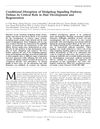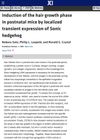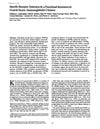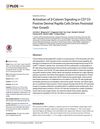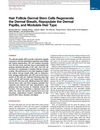Histologic Study of the Regeneration Process of Human Hair Follicles Grafted onto SCID Mice after Bulb Amputation
November 2001
in “
Journal of Investigative Dermatology Symposium Proceedings
”
hair follicles SCID mice bulb amputation vitreous membrane keratinocyte apoptosis mesenchymal cells anagen VI phase dystrophic telogen phase KGF HGF IGF-1 growth factors hair follicles SCID mice bulb amputation vitreous membrane keratinocyte apoptosis mesenchymal cells anagen phase telogen phase keratinocyte growth factor hepatocyte growth factor insulin-like growth factor 1 growth factors
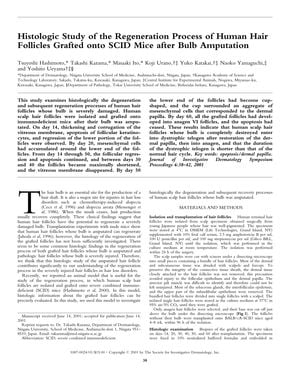
TLDR Human hair follicles can regenerate and recover after severe injury by going through a brief abnormal resting phase before growing again.
In 2001, researchers studied the regeneration of human hair follicles after amputation of the bulb and grafting onto SCID mice. They observed that by day 14, the follicles showed thickening of the vitreous membrane and keratinocyte apoptosis. By day 20, mesenchymal cells gathered around the follicles, and by days 30 to 40, the follicles significantly shortened. By day 50, the follicles developed a cup shape at the lower end, and by day 60, all had reached anagen VI phase with no apoptosis. The study concluded that human hair follicles can regenerate after severe injury by entering a short dystrophic telogen phase before progressing to anagen. Growth factors like KGF, HGF, and IGF-1 were implicated in the protection and proliferation of follicular keratinocytes, with KGF and HGF preventing damage and apoptosis, and IGF-1 acting as an antiapoptotic factor. By day 60, the regenerated hair follicles were histologically similar to normal anagen follicles, indicating successful recovery through a brief dystrophic telogen phase.
